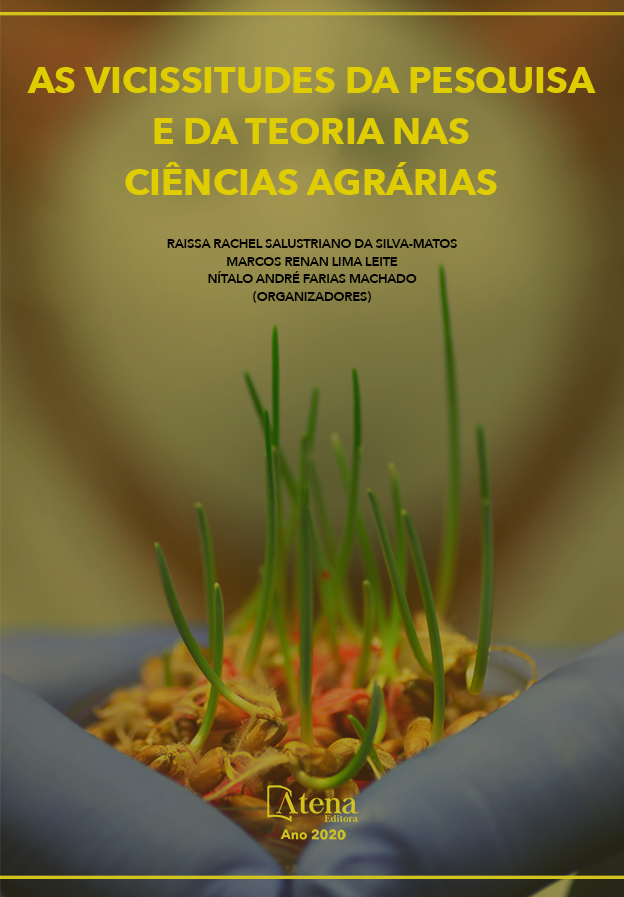
EFICIÊNCIA REPRODUTIVA DE UMA UNIDADE DIDÁTICA DE BOVINOCULTURA LEITEIRA
A atividade leiteira está diretamente relacionada à reprodução, uma vez que é o fator desencadeante para o início ou retomada da lactação, tendo em vista sua máxima eficiência reprodutiva. Os índices reprodutivos são as principais ferramentas utilizadas para a avaliação e gerenciamento do desempenho reprodutivo de um rebanho. Sendo assim o objetivo do trabalho foi compilar e interpretar os dados reprodutivos da UDBL-UNICENTRO. Dias em Aberto, que considera o intervalo de tempo entre o último parto e a próxima concepção onde a média dos animais da UDBL foi de 174 dias, valores acima da média da literatura. Taxa de Fertilidade, que corresponde ao total de fêmeas que ficaram prenhes considerando todos os animais que foram inseminados, a média ficou em 26,83%, o que é muito abaixo da média da literatura que é igual ou superior a 80%. O número de serviços por concepção ficou na média de 2,4, superior ao que indica a literatura, sendo o ideal menor que 1,75. Dias pós-parto no primeiro serviço é de 56,58 dias, superior ao preconizado para as propriedades leiteiras. Taxa de detecção do estro menor do que 30%, ou seja, inferior ao descrito na literatura. A partir da confecção desse trabalho, foi possível perceber que os índices reprodutivos da UDBL estão abaixo dos ideais, tendo como causas o baixo manejo nutricional, a pouca experiência dos estagiários e a falha na detecção de cios, tornando a atividade pouco sustentável e com custos elevados, sendo necessárias medidas que venham a melhorar esses parâmetros.
EFICIÊNCIA REPRODUTIVA DE UMA UNIDADE DIDÁTICA DE BOVINOCULTURA LEITEIRA
-
DOI: 10.22533/at.ed.52520041116
-
Palavras-chave: reprodução, produção, leite.
-
Keywords: reproduction, production, milk.
-
Abstract:
Reproduction is directly correlational with the dairy activity because this is the trigger to onset or resumption of the milk production, in view of the maximum reproductive efficiency. The reproductive indexes are the main tool used to evaluate and management of the herd reproductive performance. Therefore, the aim of this work was to compile and to interpret the reproductive data of UDBL-Unicentro. Days in open, that considers the time interval between the last calving and the first conception, where the mean in UDBL was 174 days, value above that find in literature. Fertility rate, that correspond with the total of females that being pregnant, considering all the inseminated animals, the mean was 26.83%, what’s very low the mean of the literature, that was equal or superior to 80%. The mean of the number of services by conception was 2.4, superior to the indicated in literature, where the ideal is less than 1.75. The first service in post-partum was 56.58 days, superior to that preconized for dairy farms. Heat detection rate was 30%, less to that described in literature. From the making of this work, was possible to perceive that the reproductive indexes of UDBL are less than the ideal, having as reason the low sanitary and nutritional management, the little experience of the interns and the heat detection failure, which makes the activity less sustainable and expensive, requiring measures to improve these parameters.
-
Número de páginas: 12
- Gabriel Vinicius Bet Flores
- Igor Gabriel Modesto Dalgallo
- Willian Daniel Pavan
- Carla Fredrichsen Moya


